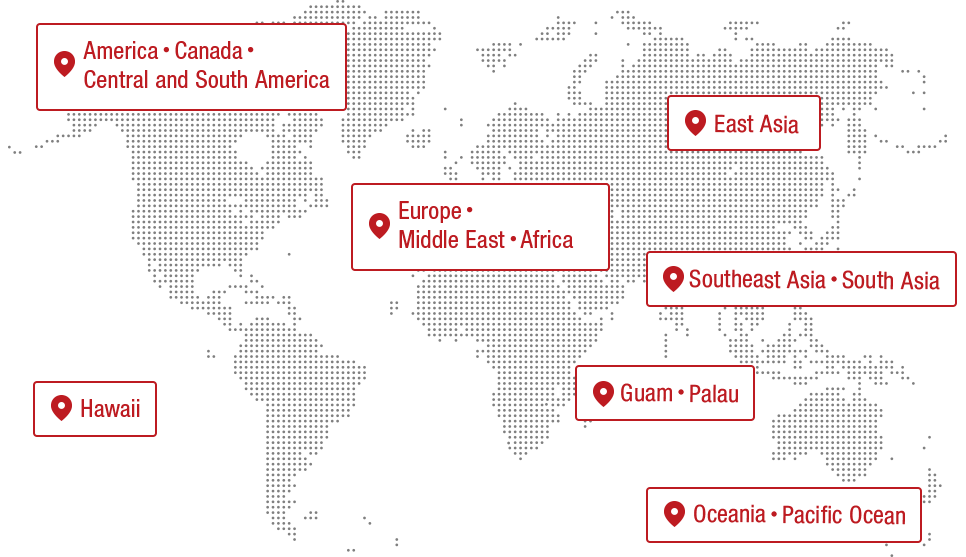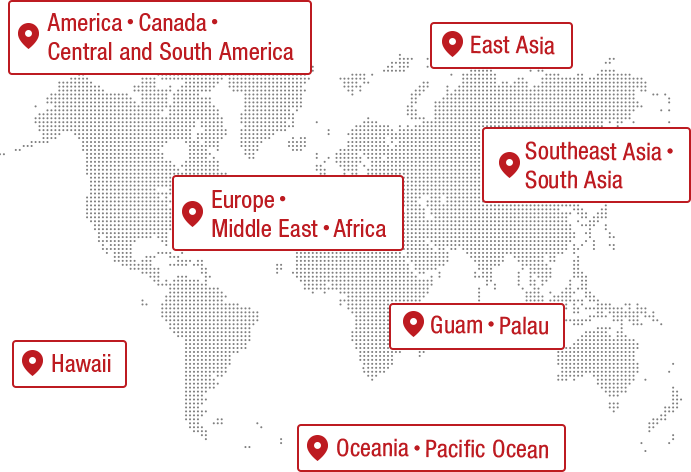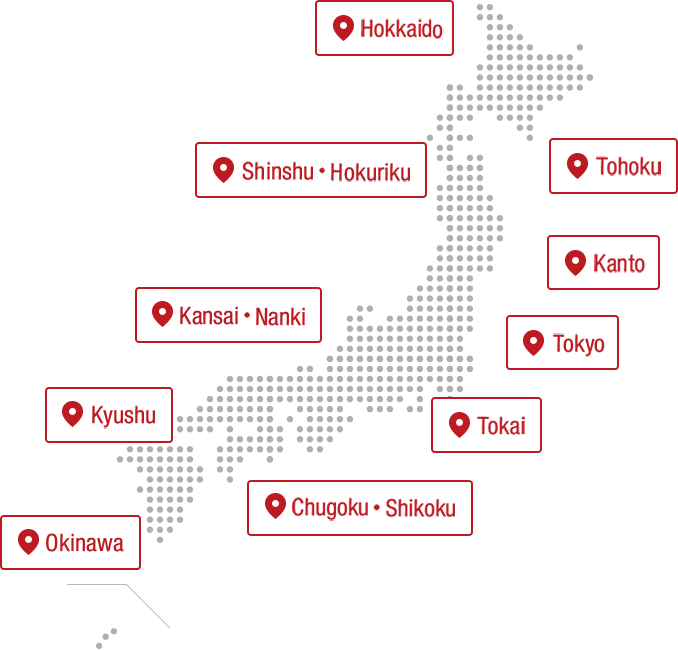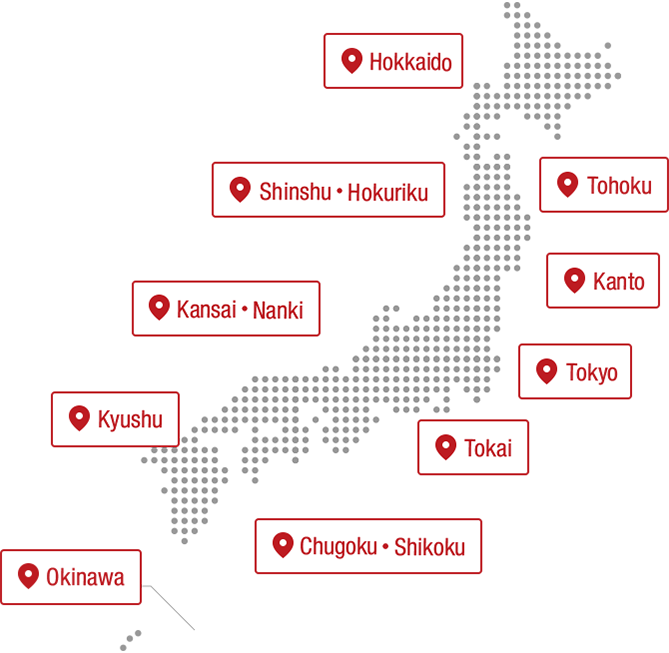
Sweets Nakano
Born in Tokyo. After graduating from Waseda University, he joined Yoshimoto Kogyo. He taught himself sweets, which he had loved since childhood, and is active as a one-of-a-kind sweets comedian with his trademark pancake hat. He has eaten over 10,000 types of Japanese and Western sweets from a wide range of genres, from long-established shops to convenience stores, and has appeared on many TV programs such as "Hayashi Sensei's First Time Hearing" and "Meringue no Kimochi" with his solid knowledge and information. He is active in a wide range of genres, including planning events at Seibu Shibuya and launching products supervised by the government.
Welcome sweets!
This is Sweets Nakano, the sweets comedian!

Valentine's Day is coming up soon. It's the happiest season in Japan, when chocolate is overflowing. Many people buy stylish bonbons that they don't usually get, but since it's the season, we want everyone to try some delicious chocolate cake! In this article, we've selected four chocolate cakes from around the world and explained the history and flavors of each cake.
We also introduce restaurants where you can eat this dish in Japan, so be sure to check it out.
Austria's Sachertorte, still loved after the "Sweet Seven Years' War"
The origins of Sachertorte, a typical Viennese dessert, date back to 1832. One day, a young man named Franz Sacher, who was working as an apprentice chef, was given the important task of making a special cake for the nobility. The cake he invented became so popular that it became known as "Sachertorte" and spread throughout Vienna.
Fast forward to 1876, and Sacher's son opened the Hotel Sacher. It seemed to be going smoothly, but the Great Depression caused financial difficulties. At this time, the Demel confectionery shop, which was a supplier to the Vienna Royal Family, provided financial support, and Demel was allowed to make Sachertorte.

Hotel Sacher has apricot jam sandwiched between sponge cake, making it sweeter. Demel has jam sandwiched under a chocolate coating, making it less sweet. You can still eat both cakes today, but in the past there was a lawsuit over the trademark, known as the "Sweet Seven Years' War," and there are actually many not-so-sweet stories among the sweetness.
Places to eat Sachertorte in Tokyo:
Cafe Landmann Aoyama

Cafe Landtmann Aoyama is located in a building along Aoyama Street. The main store is located on the Ringstrasse, a short distance from Vienna, and is known as "the most elegant cafe in Vienna." It is a long-established cafe that was founded in 1873, and is also famous for being visited by many social and political celebrities, such as Hillary Clinton and Paul McCartney. The Aoyama store, which is the first overseas store, faithfully reproduces the decoration and atmosphere of the main store, and the customer service is polite, allowing you to spend time in a very elegant atmosphere.

The Sachertorte (760 yen per slice, tax included) is made using the same recipe as the main store, and consists of a lightly sweet chocolate sponge sandwiched with apricot jam.

The chocolate coating on the surface has a pleasant crunchiness that appears when the sugar recrystallizes. When eaten with unsweetened whipped cream, the change in texture and flavor is a fresh experience. This is a wonderful sweets shop that I have been visiting for a long time, both for personal and business meetings.
Cafe Landmann Aoyama
| address | : | AO Building 4F, 3-11-7 Kita-Aoyama, Minato-ku, Tokyo |
|---|---|---|
| phone | : | 03-3498-2061 |
| web | : | https://www.giraud.co.jp/landtmann/ |
Was it named by Napoleon III? "Belle Basque" born in the Basque Country
Belle Basque is a chocolate cake that originated in the Basque region, which straddles both France and Spain. The connection between the Basque region and chocolate is long-standing, with chocolate brought back by Spanish troops when they invaded the Aztec Kingdom (present-day Mexico) in the early 16th century being introduced to Bayonne, the central city of the French Basque region. Later, France's first chocolate factory was established here, and French chocolate culture began in the Basque region.

Beret Basque is a dome-shaped cake with a beret motif that you can find in almost any pastry shop or bakery in the Basque Country on the French side. It comes in a wide variety of flavors, including those made with cream and meringue, and those with raspberries.
You may wonder why a beret is used, but in fact, the beret originated in the Basque region. It was apparently named after Napoleon III, who called the national hat "Basque beret". Even Napoleon would have been surprised to find that a word he spoke had become the name of a cake.
Places to eat Berebasque in Tokyo:
Maison Darni

When you walk past Maison Dani in Shirokane Takanawa, Tokyo, you will be greeted by the rich aroma of butter, which will stop you in your tracks. This shop offers traditional baked goods and fresh confections from the Basque region, including its signature baked confectionery, Gâteau Basque.

Chef Toya Naohiro, the owner of the restaurant, learned how to make authentic Basque sweets at the long-established Miremont in Biarritz, France, where he trained, and has a strong love for Basque cuisine. Maison d'Ani's Belle Basque (600 yen, tax included) has the same dome-shaped appearance as the authentic Belle Basque, but the structure is original to Chef Toya.

This hazelnut-flavored chocolate mousse is wrapped around hazelnut cream, giving it a fragrant and rich flavor. The mousse is flavored with "cerise noire," a type of dark cherry that is a Basque specialty, to create a deep flavor. Caramelized Spanish almonds are also included, giving it a pleasant crunchy texture. Because the Basque region straddles both France and Spain, this is a nice sweet that incorporates the best of both countries!
MAISON D'AHNI
| address | : | 1-11-15 Shirokane, Minato-ku, Tokyo 1F |
|---|---|---|
| phone | : | 03-5449-6420 |
| web | : | https://sweets.ec.valuet.co.jp/ |
Inspired by the Black Forest: Germany's "Schwarzwälder Kirschtorte"
"Schwarzwälder Kirschtorte", a chocolate cake that originated in Germany, has a very long name that is difficult to remember after hearing it just once. In Japanese, Schwarzwald means "Black Forest". It is a dark, lush forest area that spreads across southwestern Germany, and is also known as the setting for Grimm's fairy tales. Kirsch means cherry, and torte means decorated cake. "Schwarzwälder Kirschtorte" is made with the region's specialty cherries, distilled liquor, chocolate, fresh cream, etc., and was created with this region in mind.

It has a long history, with records of it being created in 1927 by Josef Keller, a confectioner from Bad Godesberg, and there is even a sign at Café Schäfer in Triberg stating that it is the original recipe. Although it is a cake that originated in Germany, it was brought to France from the Alsace region near the border, where it is now known as Forêt Noire.
Where to find Schwarzwälder Kirschtorte in Tokyo:
Muttiskuchen
If you walk up Chazawa-dori Street from Sangenjaya Station in Tokyo towards Shimokitazawa, you will find a small German pastry shop in a house in a residential area.
The owner of "Muttiskuchen", Hongo Hatsuki, spent 10 years in Germany where he trained at 7-8 different shops. He also obtained a German confectionery master's degree and opened a workshop in 2009 after returning to Japan, and opened a shop in his garden in 2012. Hongo, who just loves making dough, makes many baked goods and fresh confections, including traditional sweets that you may have never heard of before, and just looking at them is exciting.
Schwarzwälder Kirschtorte (480 yen per slice, tax included) is a fluffy chocolate sponge cake with a light cream, and the sour and sweet taste of cherries adds a nice sweet accent! In the original, many are flavored with alcohol, but this one is made without much alcohol, considering that children will also eat it.
Mutti Kuchen offers a solid taste that has been created from the experience we have accumulated over the years.
Muttiskuchen
| address | : | 5-29-17 Taishido, Setagaya-ku, Tokyo |
|---|---|---|
| phone | : | 03-3421-2798 |
| web | : | http://www.muttiskuchen.com/ |
Lamingtons are a national dessert of Australia, characterized by their cube shape.
Lamingtons are cube-shaped chocolate cakes that originated in Australia. They are not very familiar in Japan, but in Australia they are affectionately known as "Rummy" and are a traditional sweet that is popular in home cooking.

It is customary to eat lamingtons on Australia Day, the country's national holiday, on January 26th, which shows just how much of a national sweet it is. Lamingtons are a simple square sponge cake, similar to castella cake, coated with chocolate and coconut. In recent years, they have been made in a variety of different ways, such as sandwiching jam, custard cream, or whipped cream between the pieces.
There are many theories about the origins of lamingtons, but the most well-known is that they were created by a chef serving Lord Lamington, a British colony governor in Queensland. There is also an 1896 newspaper article that states that Lord Lamington served lamingtons to guests as a form of hospitality.
Places to eat lamingtons in Tokyo:
N2 Brunch club

N2 Brunch club, located in the new wing of Nihonbashi Takashimaya Shopping Center, is a restaurant where you can enjoy Australian cuisine, created through a collaboration between an Australian-based gelato artisan and a popular chef from Sydney.

The popular dessert, the Lamington (780 yen including tax), is a large cube of chiffon cake, approximately 7cm square, coated with chocolate and coconut.
The hollowed-out chiffon cake is filled with plenty of chocolate cream, making for a very striking appearance when cut!


The cream is not too sweet, and has a refreshing taste with a hint of saltiness from the cacao, which goes perfectly with the fluffy dough. The chocolate used is "Moke Chocolate", which is loved in Melbourne, and the ingredients are also authentic, making this a nice sweet!

Limited edition flavors are available depending on the season, so it's fun to wonder what kind of lamington you'll find when you go.
N2 Brunch club
| address | : | 2-5-1 Nihonbashi, Chuo-ku, Tokyo Nihombashi Takashimaya New Building SC |
|---|---|---|
| phone | : | 03-6281-9806 |
| web | : | https://n2brunchclub.com |
What did you think of the chocolate cakes from around the world?
Chocolate cakes are made all over the world, and the ones I introduced here are just a few. There are probably many cakes that are only loved by people in certain places, that I don't even know about.
I love eating, but I'm also very interested in the background and stories behind the creation of sweets. While writing this article, I was reminded how interesting the connection between history and sweets is!
At a time like this, why not try some sweets from around the world and feel like you're traveling?

The contents published are accurate at the time of publication and are subject to change.














